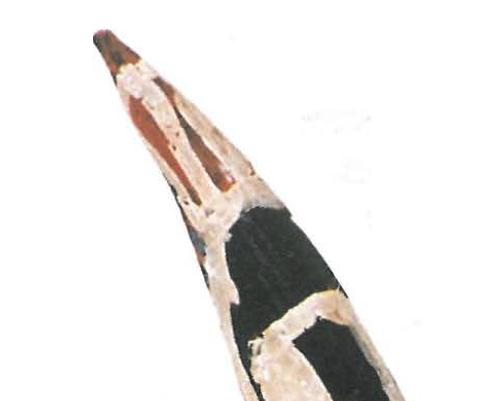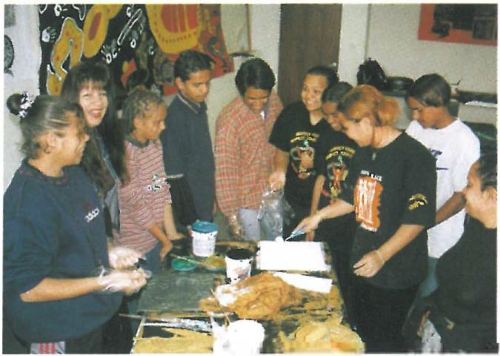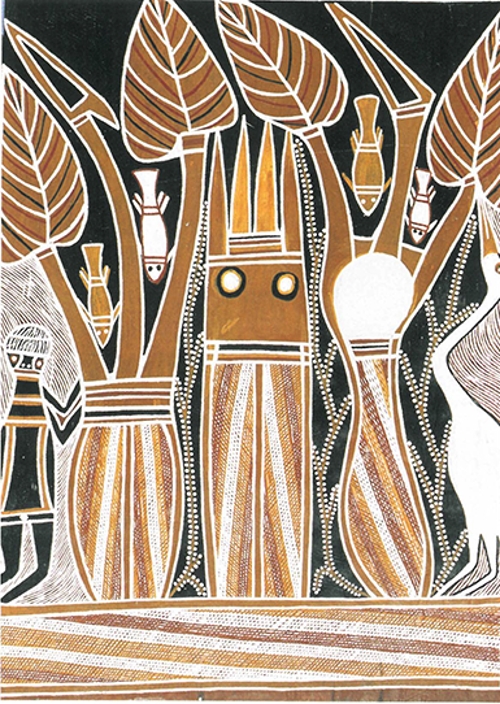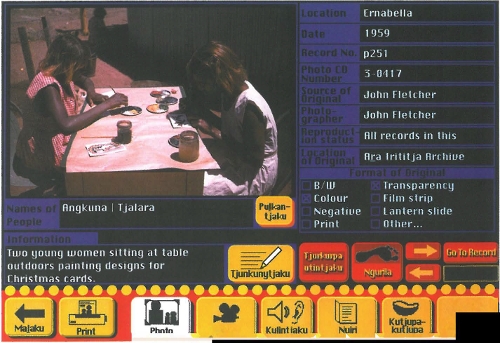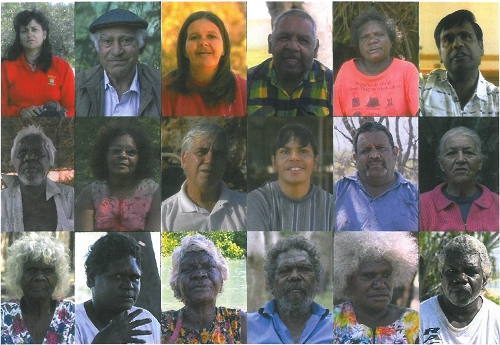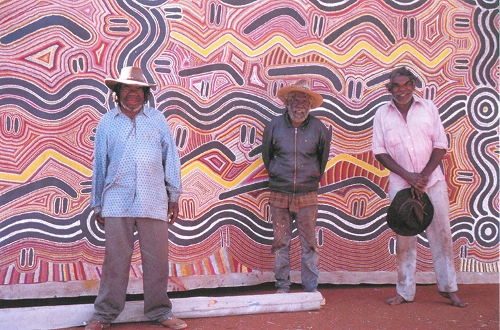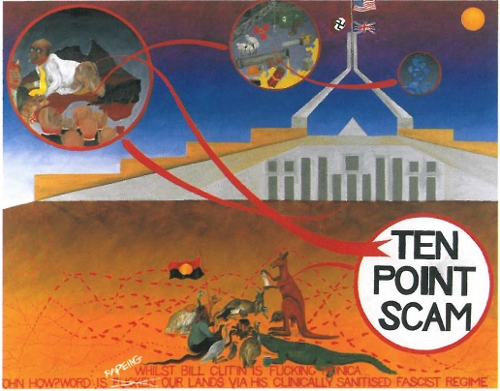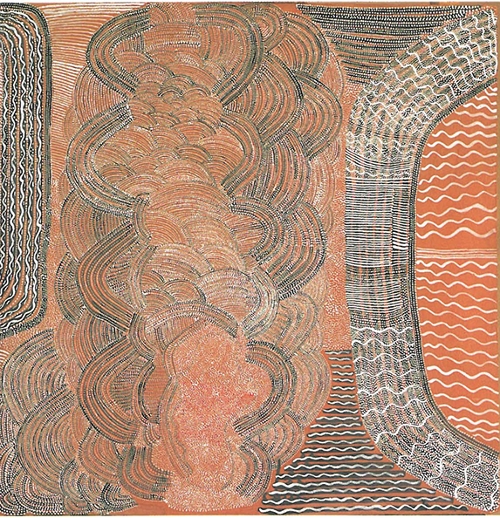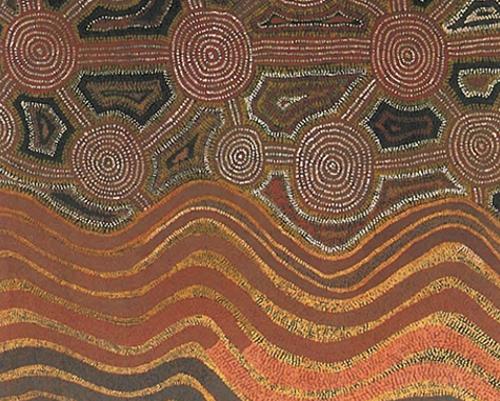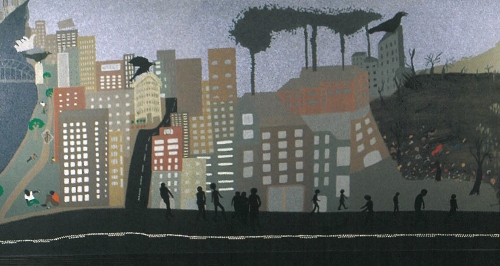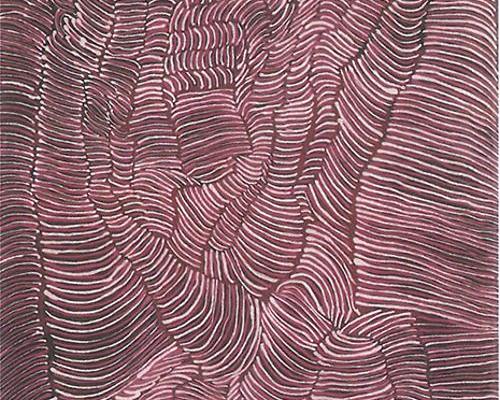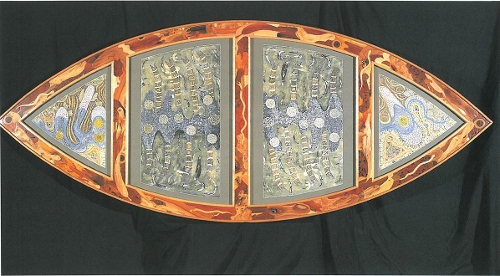This multi-authored reference book aims to provide a challenging reappraisal of all aspects of Indigenous Australian art. Aboriginal and Torres Strait Islander culture has been celebrated nationally and internationally in recent years, but the range and detailed coverage of The Companion is unprecedented, offering new understandings of well-known arts like bark painting from Arnhem Land and dot painting from the Central Desert, as well as comprehensive entries on hitherto neglected art movements and media. Earlier historical developments like the Hermannsburg School are included among cultural histories of many diverse places, as are regions often excluded from general surveys like the Torres Strait Islands, Queensland and southern Australia.
While its primary focus is on the visual arts, The Companion's interdisciplinary approach embraces all visual media, including fibre arts and fashion design. Literature, music and performance are shown as an integral part of Aboriginal and Torres Strait Islander art and culture. The Companion explores the cultural sites of tourism, landscape and living spaces as well as the better known sites of Aboriginal art in ritual and religion. As well, entries document the emergence of Aboriginal art in urban institutions, marketing and exhibitions.
Part One consists of essays, 'voices' and 'story boards' by a great variety of Indigenous and non-Indigenous contributors. These are broadly organized around four major themes covering the foundations of being, colonial continuities and discontinuities as they have emerged through historical and regional developments; the renegotiation of tradition and the public face of Aboriginality.
Part Two, the reference section of the book, both extends and amplifies topics interpreted in Part One and functions as an encyclopaedia or independent study aid. It includes some longer entries on major cultural movements, ideas and events and some 300 newly commissioned biographies on visual artists. It is illustrated with over 400 images, not only key images but also important work by many lesserknown artists.
Distinguished Indigenous and non-Indigenous scholars have been commissioned to write on individuals, artistic traditions and historical trends. Professor Marcia Langton writes on religion and film; Professor J. V. S. Megaw and Dr M. Ruth Megaw on the Hermannsburg School; Dr Roberta Sykes on Aboriginal Protest Art of the 1970s; Dr Vivien Johnson on Western Desert art and cultural brokerage; Djon Mundine on the Aboriginal Memorial; Dr Ken Gelder on car culture and road movies; Dr Luke Taylor on the interrelationship between rock art, bark painting and the body as related forms of inscription; Mark St Leon on Aboriginal contributions to the circus over 150 years.
Interconnections between past and present are explored in the Companion's unique 'voices' component, as well as in quotations and extracts from earlier writers such as Oodgeroo Noonucall (Kath Walker) and Kevin Gilbert. They complement and enrich the interpretative essays with more personal, vernacular expressions from essentially oral cultures. These individual 'voices' offer a wide range of Indigenous perspectives on key issues and events: the participation of traditional custodians in cultural heritage management, the use of new technologies, photography, film, video and the internet, and the responses of Aboriginal people to specific historical experiences.
A major publishing project of the Centre for Cross-Cultural Research at the Australian National University, the general editors are Dr Sylvia Kleinert, who is attached to the Centre and Margo Neale, Curator of Indigenous Australian Art at the Queensland Art Gallery. It is produced with assistance from the Getty Grant Program, the Gordon Darling Foundation and the Aboriginal and Torres Strait Islander Commission (ATSIC). The Companion is due for publication in December 2000.

